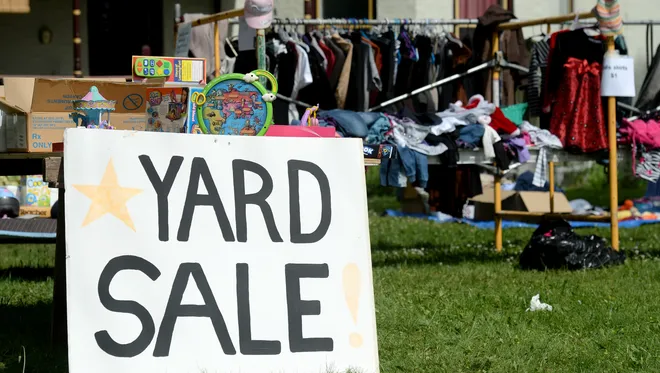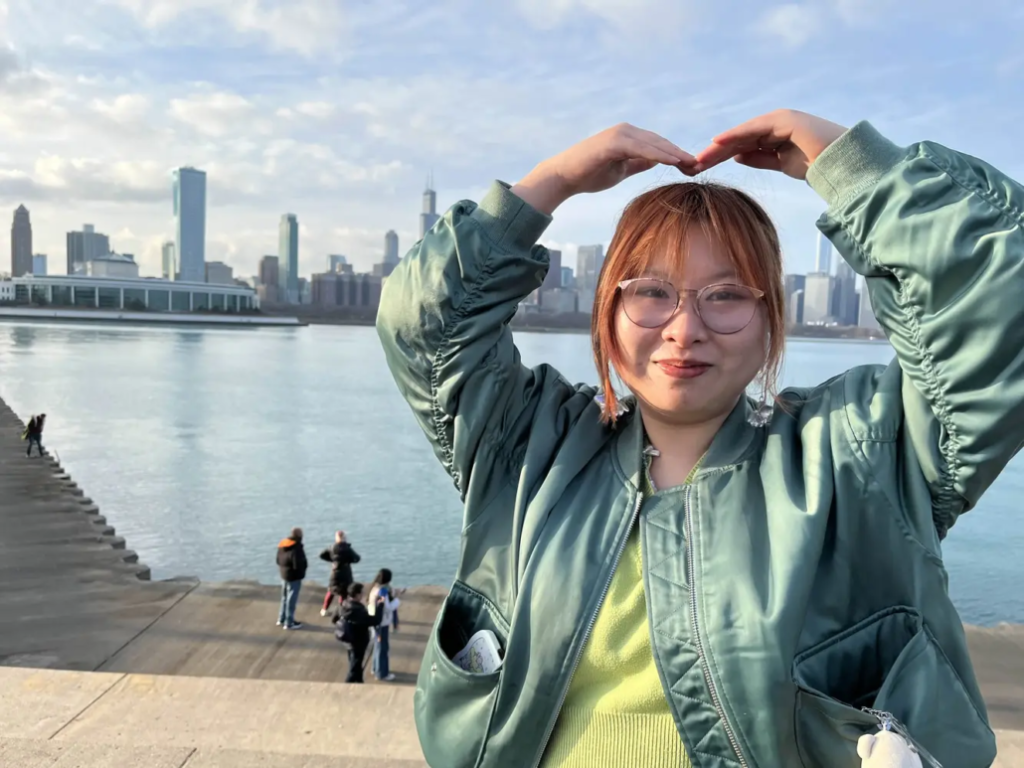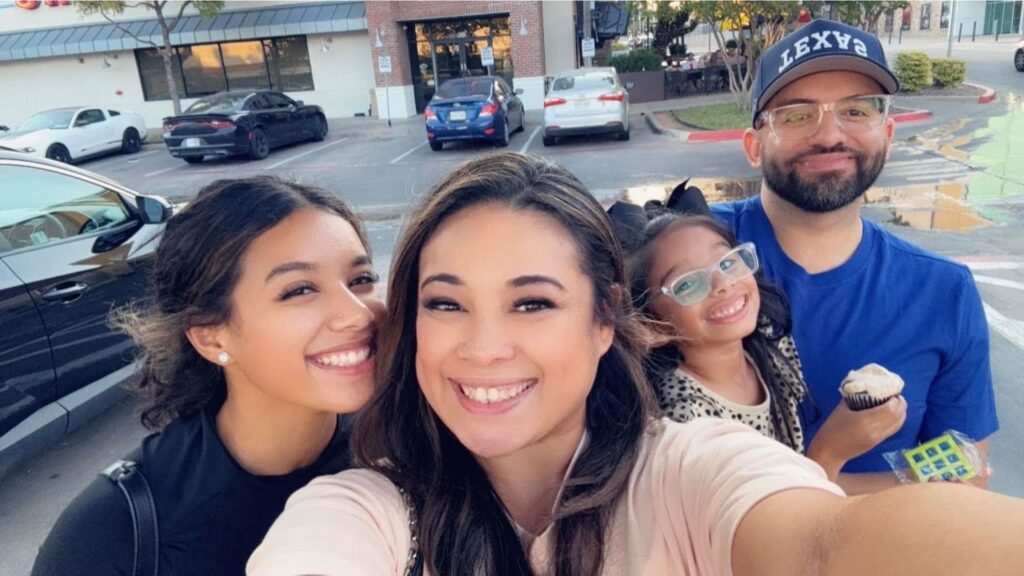A year of digital transformation—Lori Byrd-McDevitt reflects
TLDR
The month of March may not ever lose the sting that comes with reminiscences of quarantine and urgent closures. As cultural sector professionals and supporters, we hold space for our friends and colleagues who have faced immense professional and personal challenges this year from museum closures, layoffs, and furloughs. Due to our close ties to the cultural field, co-owner Lori Byrd-McDevitt was asked to share her thoughts on the state of museums in digital after attending the annual Museum Computer Network conference.
A version of this blog originally appeared in Jing Culture & Commerce in January 2021.
When we launched 1909 DIGITAL six months before the coronavirus-imposed lockdowns began, our goal was to help organizations put their best digital foot forward. With over a decade of experience at The Children’s Museum of Indianapolis and the Museum Computer Network, I was excited to take our strategy-approach to clients in the cultural sector. As the world began turning virtual, we found clients had a newfound urgency to adopt the strategies 1909 DIGITAL was established to share. At the same time, we watched as friends and colleagues were overworked and expected to perform “digital technology miracles” —those who kept their jobs.
After a year of working virtually and supporting those who are, here are the trends we’ve seen in museums…
A Need for Agile Workflow
While new audience-facing digital initiatives receive most attention, we believe digital connectivity and competence begins internally with an embrace of agile processes. This means realigning workloads and capacities to allow cultural stakeholders to better plan and execute tasks. As an all-remote nine-person team spread out across different time zones and states, Agile methodology is our go-to at 1909 DIGITAL. More importantly, we believe it has value for cultural organizations irrespective of size or status. But I only know a couple of museums that are actually trying Agile with their teams.
Streamlined Digital Process
When everything goes online, it suddenly becomes apparent there needs to be clear process, centralized resources, and messaging consistency. More and more of our 1909 DIGITAL projects are about workflow templates, tools, and empowering teams to collaborate together online. A streamlined workflow is the foundation to success.
Utilizing Team Resources
When we start a new project we get in and talk to as many people as possible. We ask everyone, “What do you love to do, what do you want to do more?” and assess everyone’s skill sets. We might shift little roles around to get people excited and motivated; it’s not that roles or titles shift dramatically. Little steps seem simple, but people just don’t do it. They roll along and don’t have the chance to stop and think of these changes.
Mental Health First
Museums need to be more intentional with capacity and tasks and give team members the space to breathe. Don’t keep piling on work. I tie agile and mental health together; they create a safe space to talk about what is going well and what isn’t. The more we speak about mental health and think about mental health, the more it might become a thing in our workplaces.
The Digital “Pivot”
Museums got really creative in 2020 creating live events and exclusive content. Much of this was around member events and this is inherently a revenue driver. But there’s also the non-traditional museum-goer willing to pay for opportunities. The hard work is to really specifically target audiences with digital advertising to reach niche audiences on both a national and international level.
Finding Niche Audiences
The competition for museums is now Netflix and YouTube. It’s a mistake to keep targeting your same audience. That’s the shift in 2021: taking the great content and targeting it well. It’s about knowing who the content audience is. For example, that artist talk in your gallery — who are the fans of that artist? You need to know the tools in Facebook and Google to target your niche and find those that will pay for the live experience, not just locals. But the problem is that many museums laid off half their digital communications team in 2020, so the skillset is no longer on-staff.
Where we’re going next
Museum relevance has been an issue for a long time and people will be choosing carefully what they spend money on. You wonder if museums will be a top priority for families, tourists, or locals. The cultural sector will need to keep investing in virtual experiences and hands-free experiences. This is an area I’m keeping an eye on, because no matter what the health climate might be, the average person may still not feel safe to return to regular activities. There’s no going back; people will continue to expect virtual experiences.
As we mark a year since the start of the pandemic, we acknowledge our incredible fortune to grow our business despite tremendous loss in the field. We will continue to monitor trends in digital as we emerge slowly into the post-pandemic world and will continue to support colleagues who have been less lucky.
Share this post!
Check out more insights in these related posts...

Yard Sale Tips from a Marketer
I’m an avid yardsale-er. From May through November you’ll find me hitting the streets every Saturday scoping out light poles with neon-colored signs and arrows pointing this way and that. I don my middle-aged-mom visor, cash-filled fanny pack, comfortable shoes, and head out with my trusty yard sale companion—my 9-year-old son.

How I Started in Design | Jennifer Du
Growing up in Carmel Indiana, I’ve always loved everything related to art and design. As a kid, I constantly drew fanart for my favorite media and doodled on my homework. I was also a shy kid who grew up on my computer, fascinated by how online communities form and come together across the world.

From Curiosity to Career—My Journey into Digital Marketing | Francisco Montañez
Follow Francisco Montañez’s journey from childhood curiosity to a fulfilling career in digital marketing, where client perspectives and continuous learning drive success.
